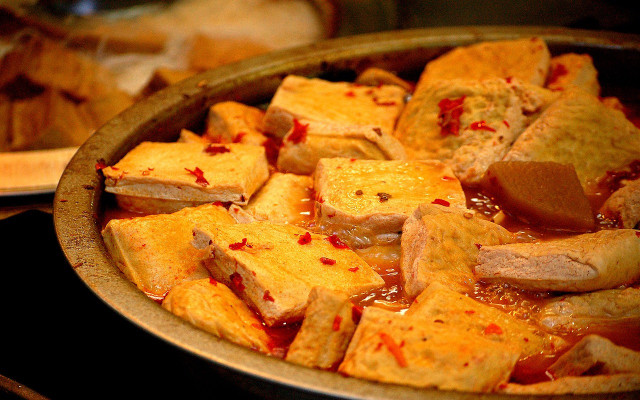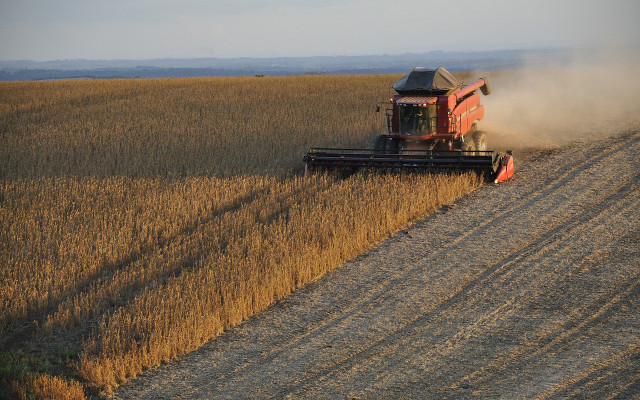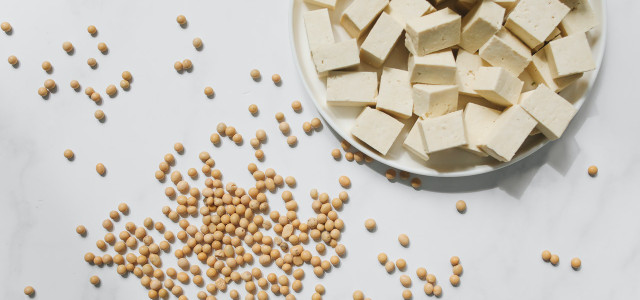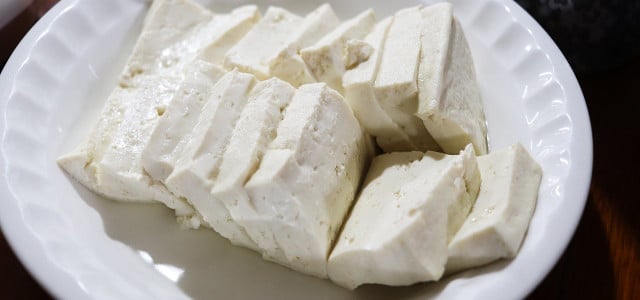Is tofu healthy? The health benefits of the soy product are highly debated. Advocates appreciate it for its high protein content, while critics condemn soy and accuse tofu of having a poor environmental balance. We’ll take a look at how healthy tofu really is.
How healthy is tofu really? This question is often a topic of debate, especially between meat-eaters and vegetarians. We’ll take a look at tofu from a nutritional perspective, check out how healthy it is for our planet and what to look for when buying tofu.
Nutritional Values, Ingredients & Health Benefits of Tofu

Before we can assess how healthy tofu actually is, it’s worth taking a look at its nutritional value:
- 127 kcal/532 kJ per 100 grams of unprocessed product.
- Fat: 7 grams (1.30 grams of which are unsaturated fatty acids)
- Carbohydrates: 1.60 grams (0.50 grams of which are sugar)
- Protein: 14 grams
- Dietary fiber: 1 gram
The most noteworthy feature of tofu is its high protein content. This makes it an important ingredient for those who opt for a purely plant-based diet. With just 100 grams of tofu, you can cover about a third of your daily protein needs.
In addition to macronutrients, micronutrients also play a crucial role. Tofu provides your body with valuable vitamins and minerals and contains secondary plant compounds:
- Iron
- Phosphorus
- Folic acid
- Magnesium
- B-Vitamins
- Vitamin E
- Isoflavones
Did You Know? Tofu is made from soybeans in a process similar to cheese production. Soy milk curdles, the liquid is squeezed out and a solid block remains — it’s as simple as that!
Is Tofu Healthy for the Planet?



It is not enough to judge whether tofu is healthy on nutritional aspects alone. In addition, we must consider the environmental impact tofu has as well as the effort involved in its production.
- Soy is often grown in large monocultures using genetic engineering. Rainforests are cleared and destroyed to make way for soy cultivation during the process.
- That being said, soy is a legume. Legumes can improve the soil, and supply it with nutrients. So growing soy has advantages and disadvantages.
Large-scale cultivation of soy is mainly used to produce animal feed which is heavily relied upon in factory farming. In other words: Most soy is used in order to produce meat and other animal products – not tofu or soy milk. A standard diet requires more land for soy cultivation than a plant-based diet does which is one of the main reasons meat has a significantly worse ecological footprint than tofu.
Considering the USA is one of the leading global producers of soybeans, you shouldn’t have much trouble finding substitute products like tofu in stores with American grown soy. House Foods, for example, is a widely available brand that uses 100% US Grown, non-GMO soybeans. Hodo is another great organic brand, which uses US-grown soybeans. You can find Hodo products nationwide in Publix, Target, Walmart, and WholeFoods among other stores. Therefore, when shopping, be a mindful consumer and pay attention to the origin of the product.
Purchasing Tofu: What to Keep in Mind



To ensure you consume tofu that is healthy for you and the environment, keep the following points in mind when purchasing:
- Buy organic tofu. Some notable brands include Meiji Tofu, Hodo, and 365 by Whole Foods Market.
- Pay attention to the origin of the tofu in order to avoid long transport routes and responsible agriculture.
- Purchase unpackaged tofu in zero waste and health food stores; it will be sitting in a brine rather than a plastic package.
Did you know you can skip the soy and make your own tofu from chickpeas? Check out our popular recipe: Chickpea Tofu: The Plant-Based Protein You’ve Been Looking For
** Links to retailers marked with ** or underlined orange are partially partner links: If you buy here, you actively support Utopia.org, because we will receive a small part of the sales proceeds. More info.Do you like this post?







